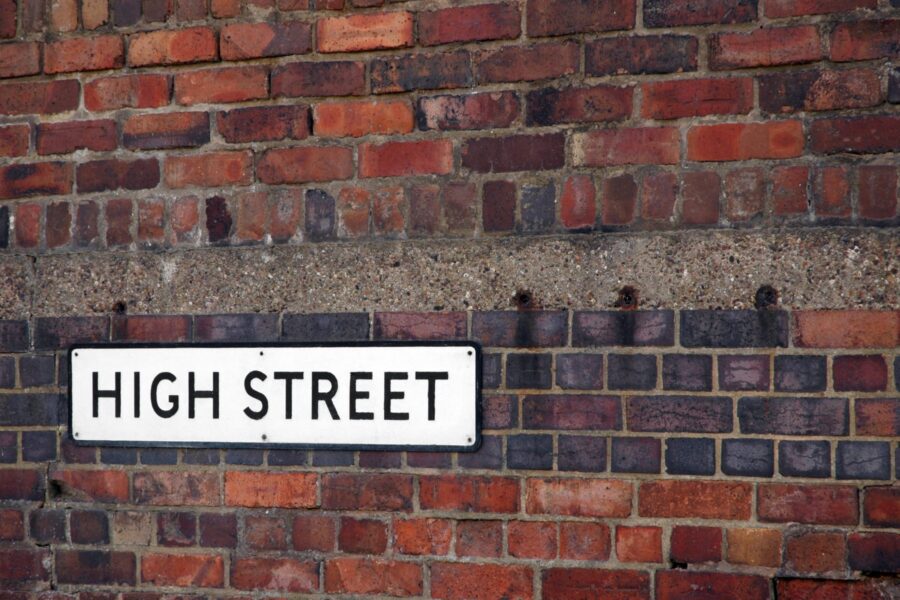Can the high street drive the 15-minute city?
The Government has decided to retain its standard method for calculating the number of homes needed in local authority areas. However, to meet its objective of delivering more homes on brownfield land, a 35% uplift in housing need figures has been applied to the 20 largest cities and urban centres in England, including Leeds, Manchester and Liverpool.
The question is where that land will come from and whether there is sufficient demand for urban housing.
A 2020 report suggested there is enough brownfield land across the UK for 1.3 million new homes but it is unlikely that all sites are suitable, particularly for affordable housing, due to infrastructure constraints, remediation costs and space standards.
So what about homes on the high street? The new proposals were intended to ensure that new homes could maximise existing infrastructure while new permitted development rights will allow town centre units to be converted to housing. Surely city centre living, with its amenities and transport links, is the perfect solution to both housing need and the decline in demand for retail and commercial space.
But do we want to live in city centres? Of course, there are many happy city residents but data suggests that house buyers and renters are seeking bigger homes in greener locations.
In 2020, Cornwall overtook London as the most-searched-for house-buying location and just this week, Newquay in Cornwall was named the hottest seller’s market, where eight out of every ten homes put up for sale this year are sold (subject to contract).
In contrast, Birmingham, Liverpool and Manchester are in the top five buyer’s market areas with less than 35% of properties sold.

Can homes on the high street compete with the likes of Newquay, the UK’s hottest seller’s market?
Some cities were cited as lacking appropriate levels of green and open spaces to meet the outdoor exercise and recreation demands of their residents while fulfilling social distancing requirements. But what cities have in their favour is walkability.
In the city, it’s easy to reach amenities and services by foot and research shows that places where walking is easier and safer, have lower air pollution, less obesity, more children’s playtime, fewer road deaths, better performing local businesses and reduced inequality.
But walkability requires innovation, holistic design and planning and neighbourhood-level engagement – the Blue Zones concept could be the way to achieve this. The Blue Zones are the result of a study that uncovered locations across the world where residents live better and longer (age 100+), largely due to their lifestyle and immediate environment.
We spend 90% of our time close to home so what is on our doorstep is vital. Creating Blue Zones is about ‘building cities for people’ based on 12 principles, my favourites of which are:
- Active transportation is the natural choice – People walk and are active a minimum of one hour per day, by design
- High ‘bump-into-it-iveness’ – Every 10 minutes of commuting results in 10% fewer social connections. In Blue Zones, bumping into others happens naturally, through the design of streets, open buildings and beautiful public spaces
- Social engagement is easy – Layout and design of buildings and open spaces maximise easy and natural mixing of people
- Green design enhances everyday life all people are surrounded by green environments, where they live, shop, work and play, with trees and other natural elements dominant features of all landscapes
- Recreational experiences can happen naturally
- Places for play and social exchange are convenient, but natural play, rich in discovery, is also featured in streetscapes, parks, along trails or in plazas
All of these rely on the property industry and the expertise of architects, urban designers, master planners across local and central government departments and across communities.
The UK is yet to create its first Blue Zone although the concept is finding its way into health policy. Earlier this year, The Town and Country Planning Association and Sport England published guidance on the 15–minute city or 20-minute neighbourhood that adopts very similar principles. The concept of the compact city is not new but we have been forced to focus our attention more locally as a result of Covid. Some of the instant benefits are obvious as we have got to know our neighbourhoods and neighbours better, used our cars less and supported local businesses; encompassing the cornerstones of sustainable development with social, environmental and economic benefits.
I recognise some of the features of the 15–minute city in Preston, where our office is based. Easy access to green space in Winkley Square and Avenham Park, housing provision in and close to the centre and excellent education facilities make it a very walkable place to live and work. This is similar across many of the North West’s market towns which suggests there is a good baseline to work with and potential for homes on the high street to be a very attractive option.
As planners, we will continue to consider how the built environment can contribute to healthy, happy cities that appeal to diverse residents.
To discuss your brownfield land opportunity, email deborah@smithlove.co.uk
Selected industry experts bring you insight and expert advice, across a range of sectors.
Subscribe for free to receive our fortnightly round-up of property tips and expertise
Selected industry experts bring you insight and expert advice, across a range of sectors.
Subscribe for free to receive our fortnightly round-up of property tips and expertise






